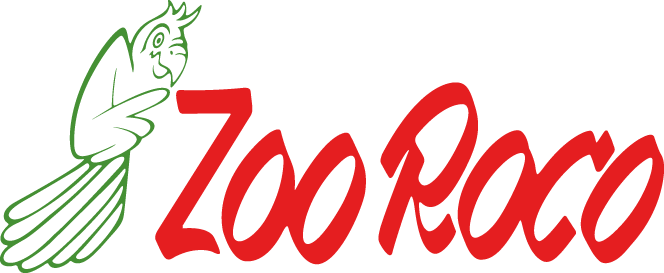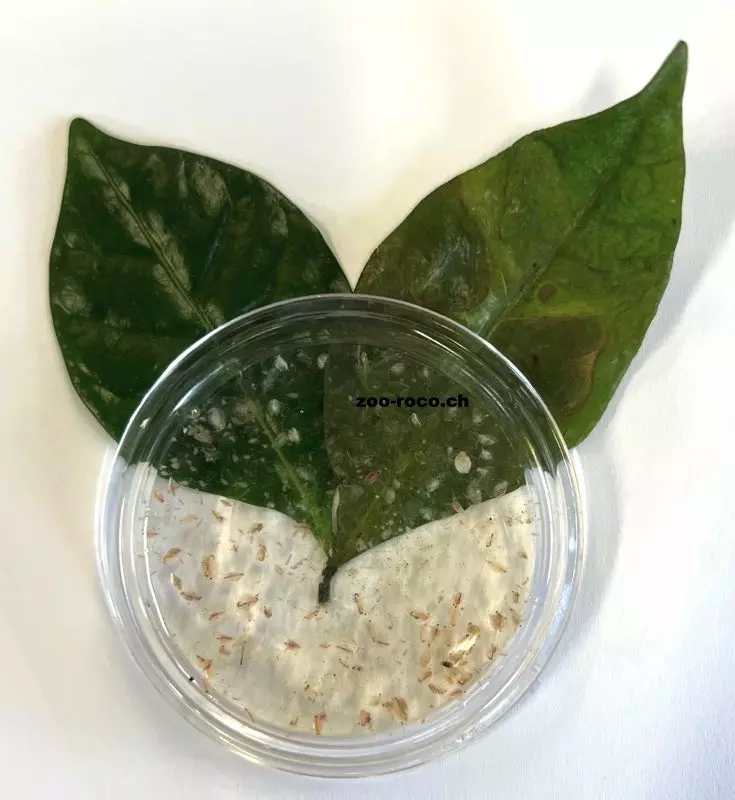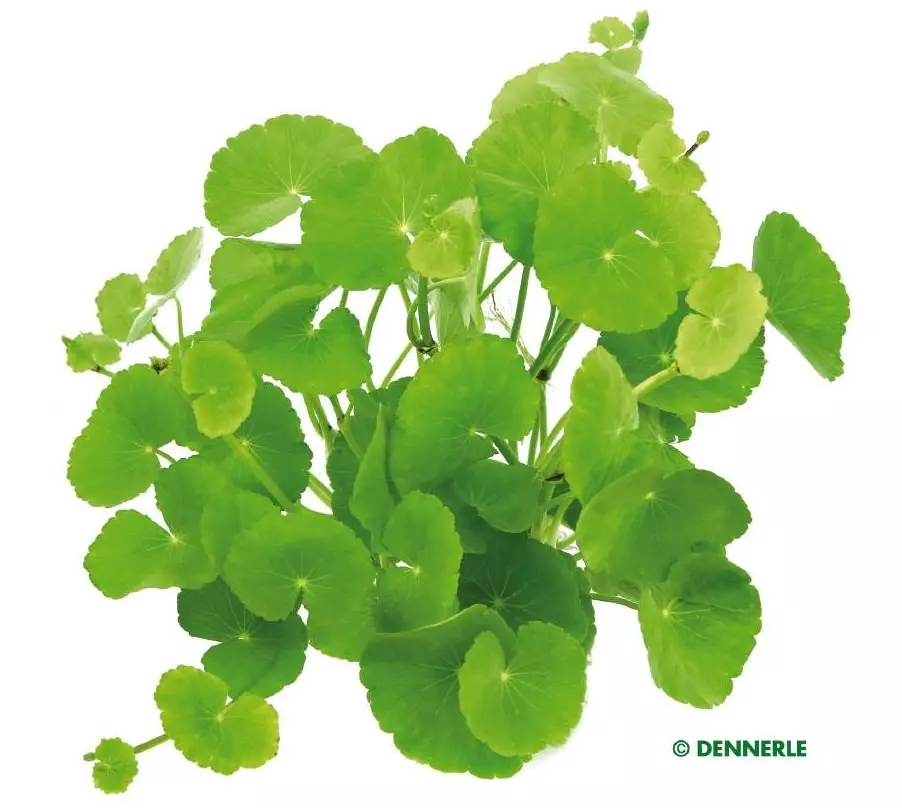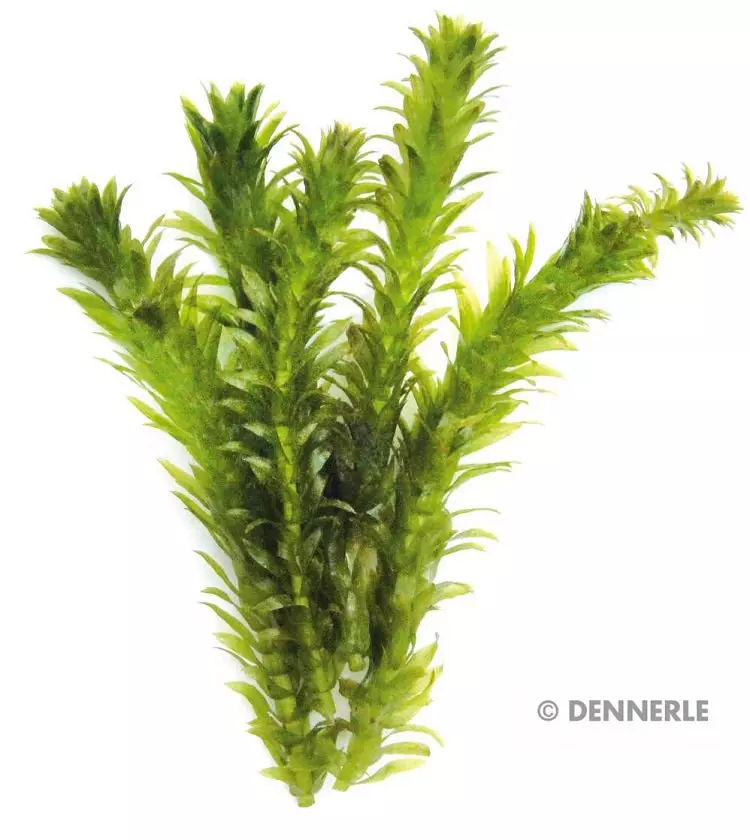

| Quantity | Unit price |
|---|---|
| To 4 |
CHF 8.90
|
| From 5 |
CHF 7.90
|
Stock: 0
Available in 1-3 days, acquisition time 14 days

Ceratopteris cornuta - Grobblättriger Hornfarn
| max. Wuchshöhe | - 50 cm | Herkunftsland | Afrika, Asien, Nord-Australien |
|---|---|---|---|
| Eignung | Diskusaquarium, Gesellschaftsaquarium | Typ | Farn |
| Familie | Pteridaceae | Gattung | Ceratopteris |
| Vermehrung | Adventivpflanzen an den Blättern | Wuchsgeschwindigkeit | schnell |
| pH | 6 - 8 | Wasserhärte | 10 - 30 °dh |
| Hinweise | Einsteigerpflanze. Pflegeleicht | ||
Eine pflegeleichte, zarte Farnpflanze, die auch oft für Zuchtaquarien eingesetzt wird. Unter den Schwimmblättern auf der Wasseroberfläche fühlen sich z.B. Labyrinthfische sehr wohl, hier können sie problemlos ihre Schaumnester bauen. In der Pflege ist der Farn recht einfach, stärkere Beleuchtung und CO2-Gaben fördern das Wachstum enorm und es bilden sich besonders kräftige Farnwedel. Auf der Blattunterseite können sich oberhalb der Wasseroberfläche kleine Brutpflänzchen entwickeln. Sie können in den Bodengrund als Neubepflanzung verwendet werden.
| Aquarium: | Community aquarium |
|---|---|
| Feature: | In the background, Stem plants |
| Genus: | Make several |
| Growth: | fast |
| Origin: | Africa, Asia, Australia |
| Properties: | Stem plants |
| Stand: | In the background |
2 of 2 reviews
4 out of 5 stars
Login
18 November 2024 08:13
Solala
Pflanzen waren gut verpackt und in gutem Zustand. Einzig was negativ war/ist, sie hatten kaum Wurzeln was eine Befestigung im AQ recht schwierig gestaltete. Ständig lösten sie sich und schwammen oben rum.
9 July 2021 13:05
Schöne kräftige Pflanze
Die erhaltene Pflanze sieht exakt aus wie auf dem Bild. Ist also gross und kräftig. Die kleineren Ableger lassen sich super als Schwimpflanzen verwenden.
Customers also bought
Similar products
Customers also viewed






















